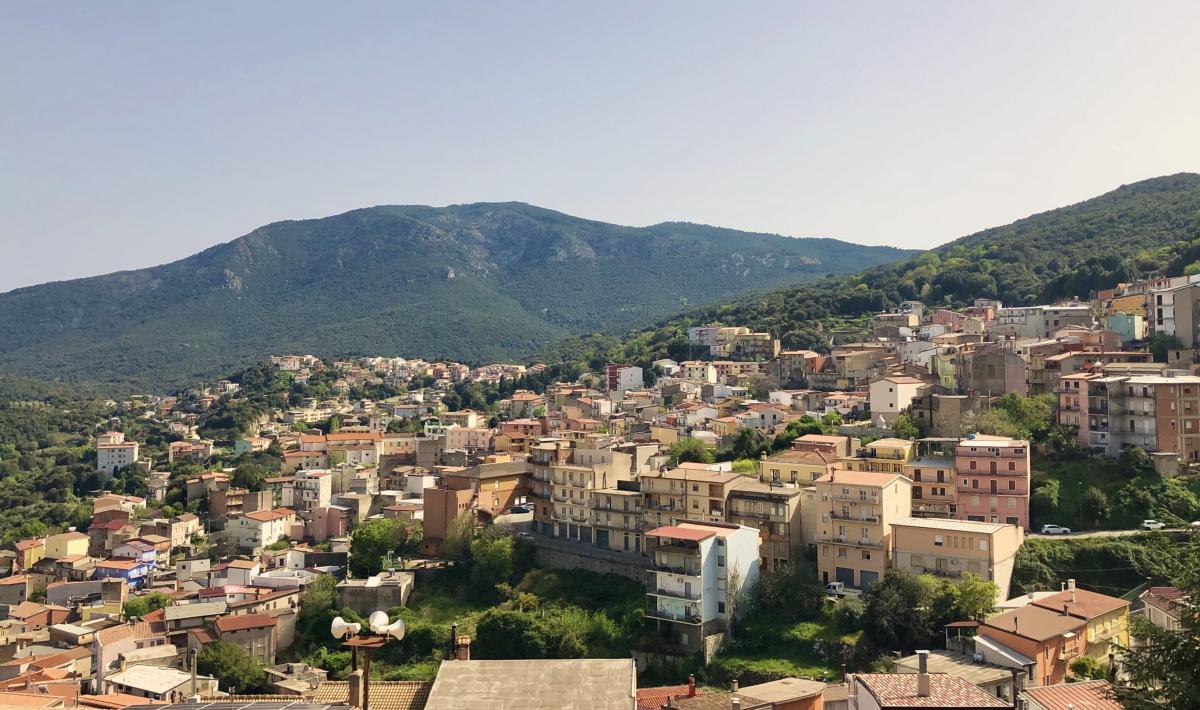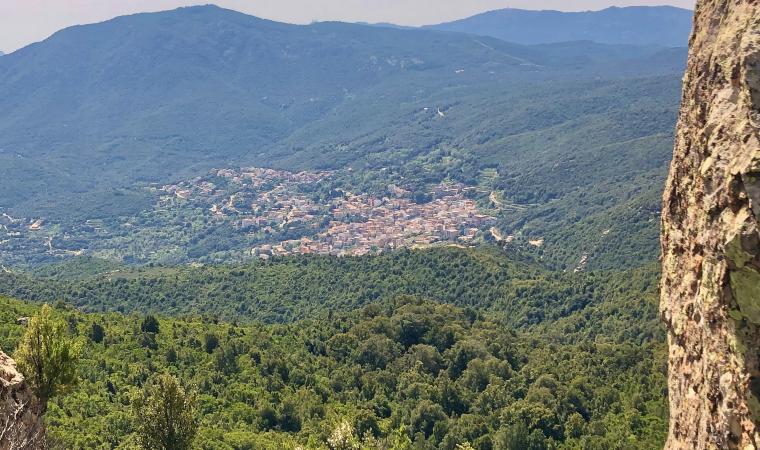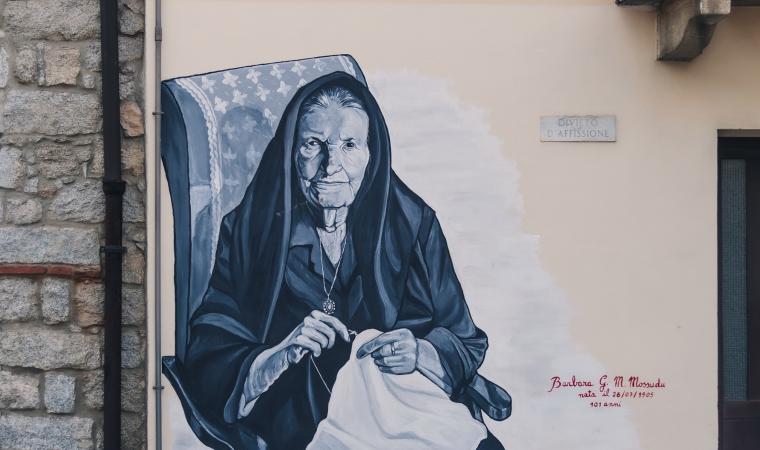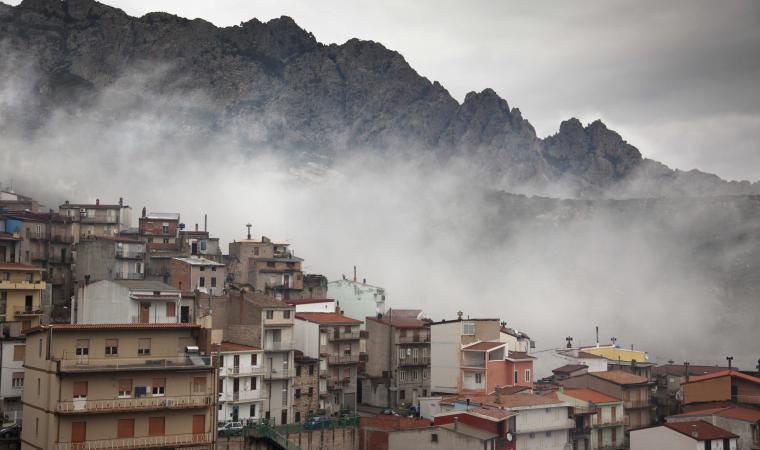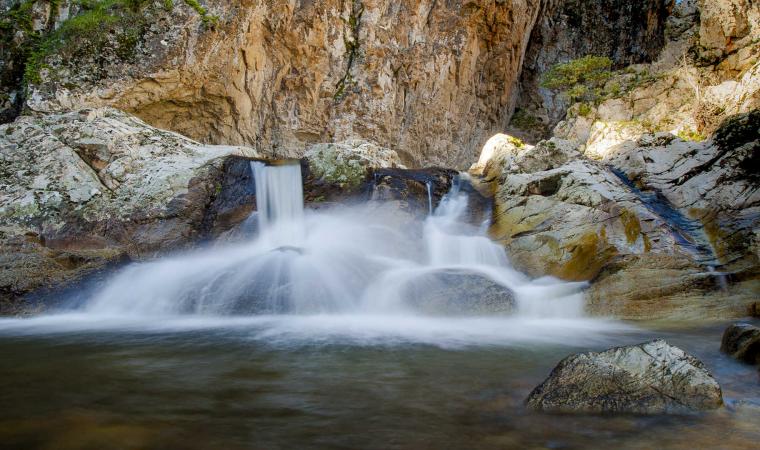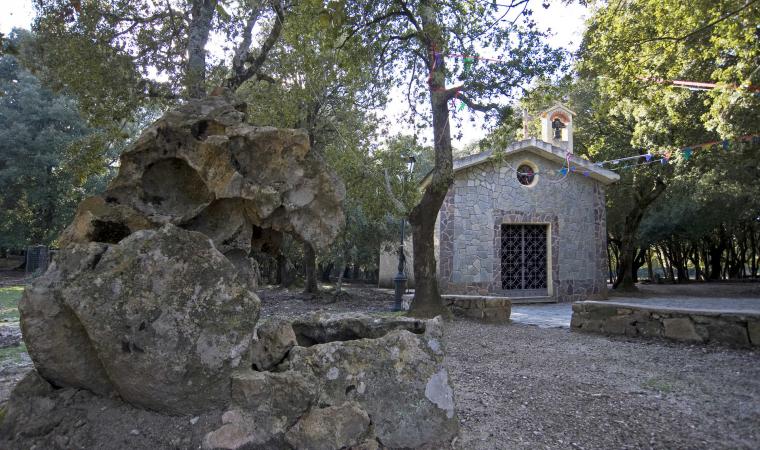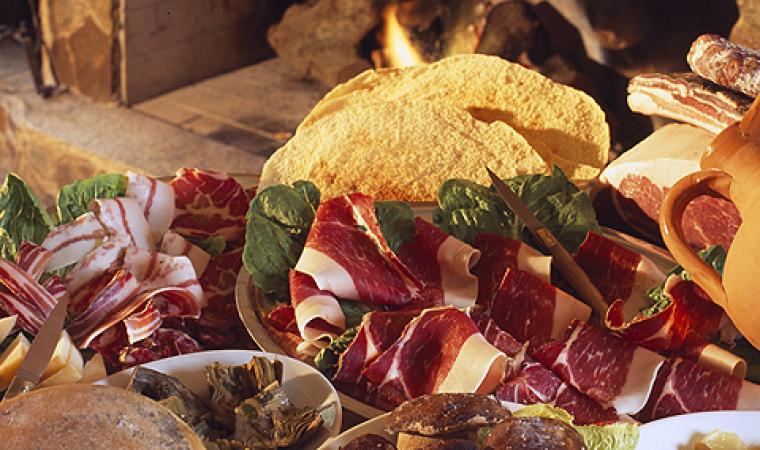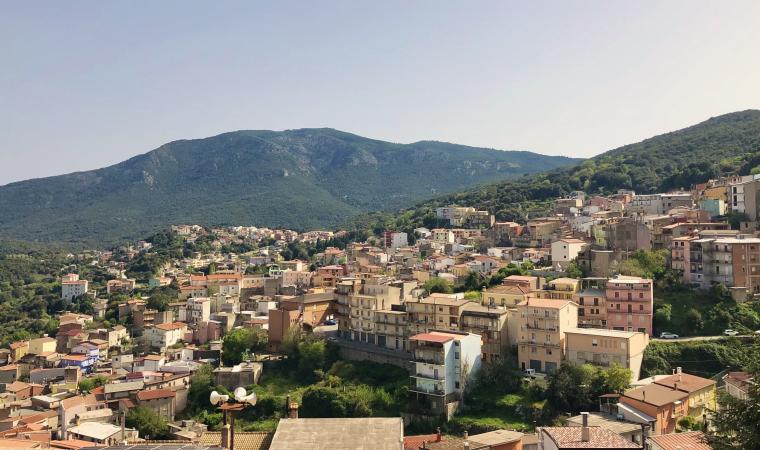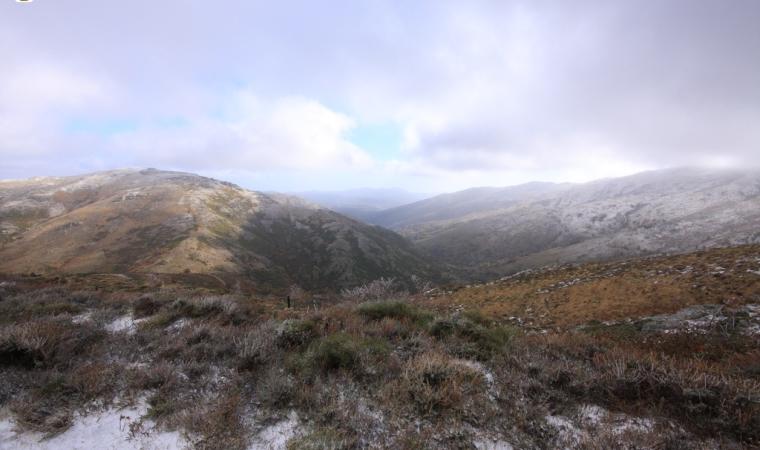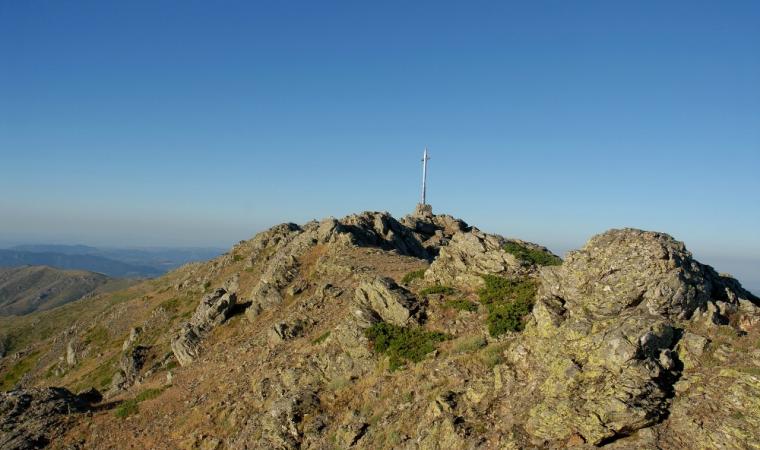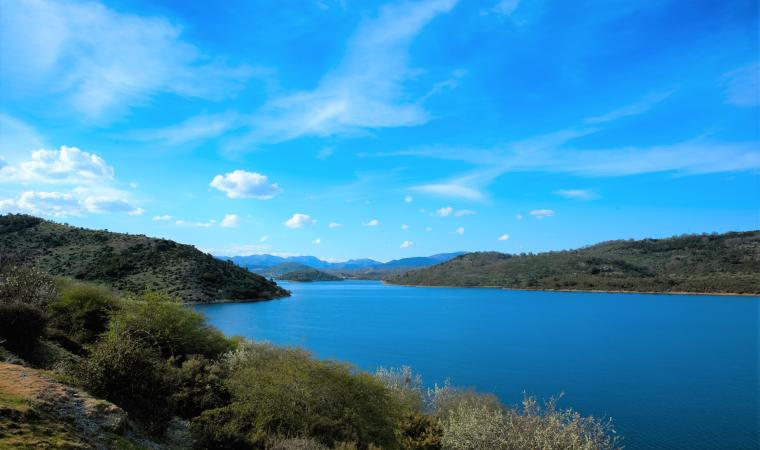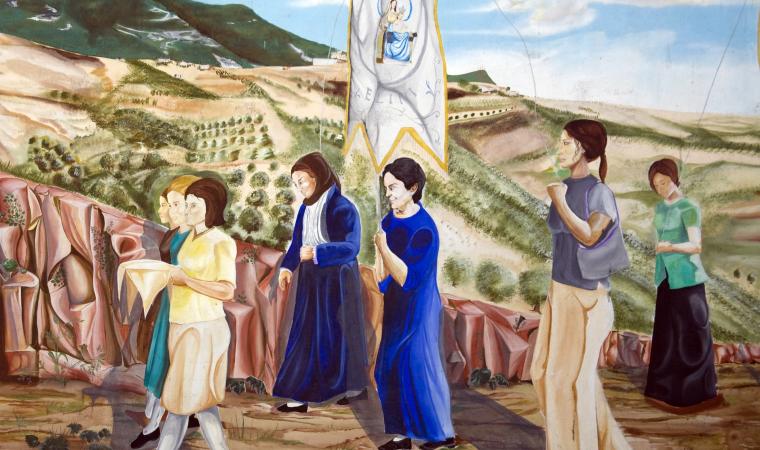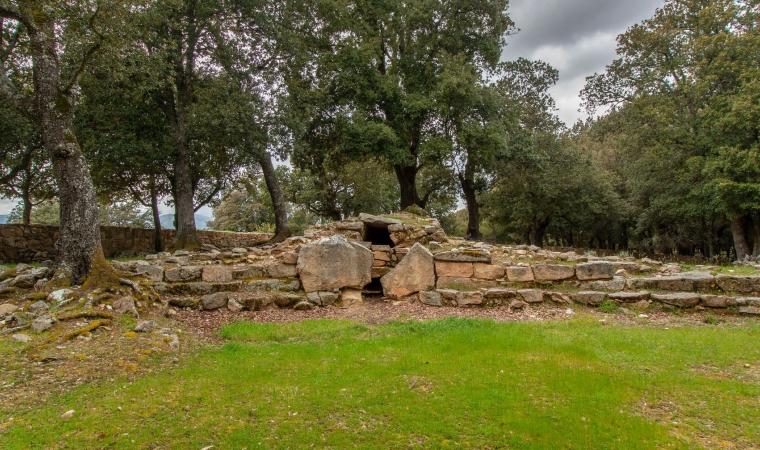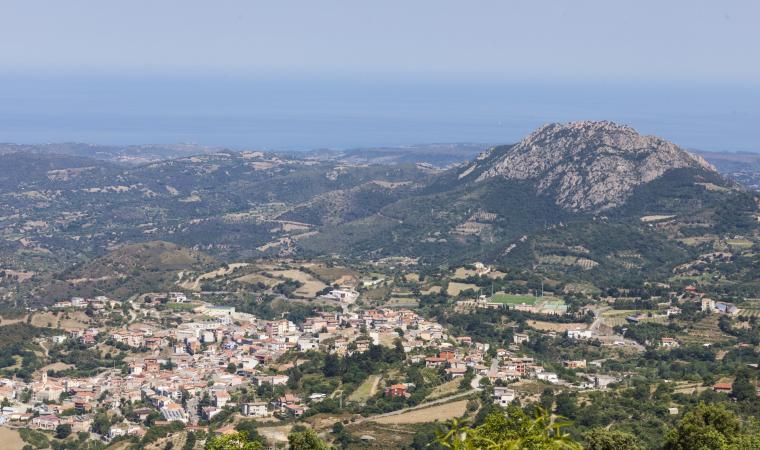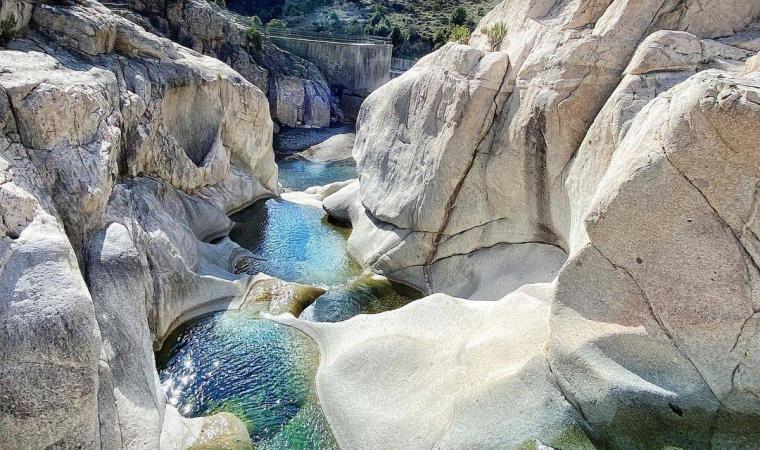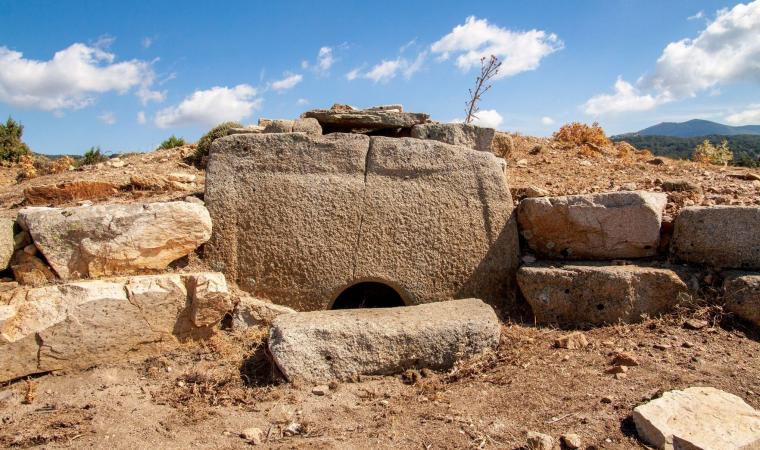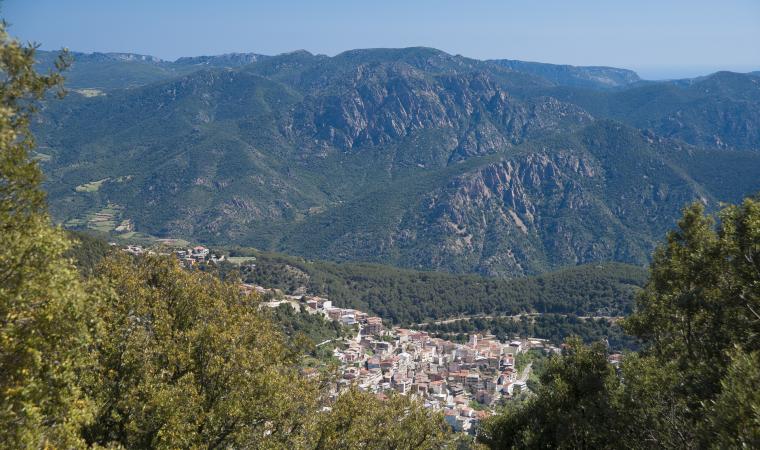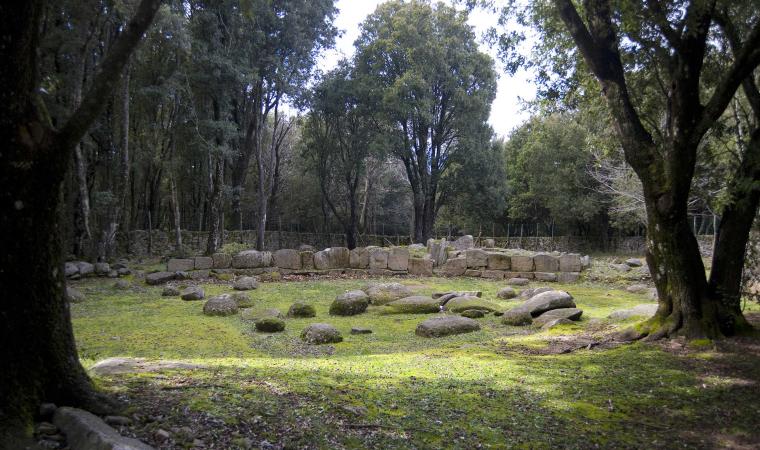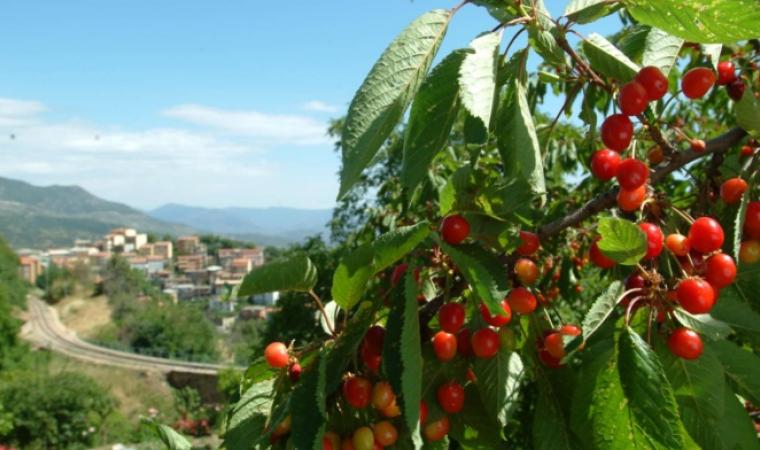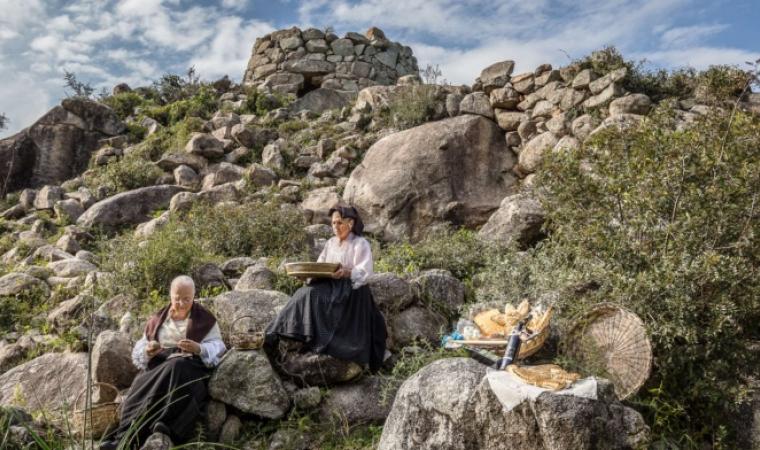This is the village of longevity, with the world’s highest concentration, compared to births, of people over the age of 100. Since WWII, more than thirty locals have made it to ten decades of life. Villagrande Strisaili has a population of 3,200 and sits at an altitude of 750 metres on the southern slopes of the Gennargentu, in deepest heart of the Ogliastra area, yet just minutes from the eastern coast. Its western flank is protected by Mt Suana, to the north are mounts Isadalu and Orguda, while to the south is monte Idòlo. All of these mountains exceed altitudes of 1,300 metres and are interspersed with high plains and valleys. The town looks eastward over the Ogliastra plains to the Gulf of Arbatax. It’s area ranks third in size and is made up of steep rocky cliffs, covered with stands of various types of centuries-old oak trees that are the habitat of mouflons and royal eagles, crisscrossed by a network of rivers and streams from springs. The area also comprises monte Novu and the parco di santa Barbara, steeped in prehistoric remains: seven giant tombs and a megalith, 17 nuraghes and ten nuragic villages. In early July they celebrate their saint with festivities in the park. A path leads to the spectacular Sothai falls, where the Flumendosa river falls down into the Bau Vigo canyon. Seven kilometres from Villagrande, at the centre of the high plains, on the shore of Flumendosa Lake, is Villanova Strisaili, home to nature of the wildest sort: the Pirincanes gorge and the Rio ‘e Forru falls. You can reach these two marvels via a trail and admire them from a natural belvedere. The surrounding woods complete the picture with a thick layer of Mediterranean underbrush. Here lie other pre-nuragic remains: five stone domus de Janas chambers and the sa Pred’e s’Orcu menhir. The most important Nuragic site is by the lake, s’Arcu ‘e is Forros. Next to three-lobed nuraghes and huts is a megaron temple made of blocks of granite and schist. Other archaeological treasures include the Troculu complex, with two nuraghes, a village and giant tomb, as well as the archaeological area of sa Carcaredda, with four giant tombs near a rare in antis temple and village.
Tradition has remained unchanged here for centuries: they celebrate the bonfires of sant’Antonio Abate and the feat day of San Sebastiano early in the year. The patron saint San Gabriele, to whom the church is dedicated, is celebrated on the first of August. Even the cuisine has retained its traditional flavours, with prosciutto ranking as the star of local delicacies. Others include: is gathulis, fried doughnuts, is culurgiones, ravioli filled with potatoes, pecorino and basil, then roast meats and sa paniscedda, sweets made with honey, grapes and almonds.

